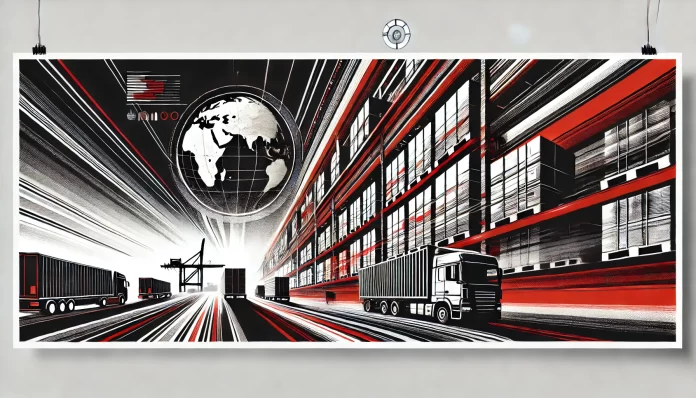Efficiently restacking pallets is a critical aspect of preparing goods for international shipments. This process ensures that cargo adheres to global shipping standards, maximizes space, and protects products during transit. Understanding the techniques and considerations involved in restacking pallets can help businesses streamline operations, reduce costs, and ensure smooth international delivery.
Why Restacking Pallets is Essential for International Shipments
Restacking pallets is not merely about repositioning products; it involves strategic planning and execution to meet various requirements. These include:
- Compliance with International Standards: Different countries enforce unique pallet requirements. Proper restacking ensures that shipments comply with regulations like ISPM-15, which governs wood packaging materials.
- Optimizing Load Stability: Properly stacked pallets prevent load shifts during transit, reducing the risk of product damage.
- Maximizing Space Utilization: Efficient restacking allows for better use of container space, reducing shipping costs.
Key Factors to Consider When Restacking Pallets
1. Pallet Size and Type
- Standard Sizes: Different regions use varying pallet standards. For example, Europe favors the Euro pallet, while the U.S. predominantly uses the GMA pallet.
- Material Choices: Wood, plastic, and metal pallets have unique characteristics. Understanding the material requirements for the destination country is crucial.
2. Product Weight and Distribution
- Weight Distribution: Uneven weight distribution can lead to instability and potential damage. Heavy items should be placed at the bottom of the pallet.
- Load Limitations: Exceeding the weight capacity of a pallet can compromise its integrity and increase risks during handling.
3. Packaging Materials
- Shrink Wrap and Strapping: These materials help secure the load and protect it from external factors like moisture and dirt.
- Corner Protectors: Essential for safeguarding fragile items during transit.
4. International Regulations
- ISPM-15 Standards: Pallets made from wood must be treated to prevent the spread of pests.
- Customs Requirements: Proper documentation and labeling are necessary for seamless clearance.
5. Climate and Environmental Factors
- Humidity and Temperature: Perishable goods require special handling and climate-controlled containers.
- Transit Duration: Longer transit times may necessitate additional precautions to maintain product integrity.
Best Practices for Restacking Pallets
1. Plan the Restacking Process
- Evaluate the dimensions, weight, and fragility of the items.
- Choose pallets that match the shipment requirements.
2. Maintain Stability
- Create a stable base by placing heavier items at the bottom.
- Use a brick stacking pattern for better load distribution.
3. Secure the Load
- Apply shrink wrap tightly to keep the products in place.
- Reinforce with straps or bands to prevent shifting.
4. Label Properly
- Include clear labels indicating handling instructions, destination, and contents.
- Ensure that labels are visible and comply with international shipping guidelines.
Challenges in Restacking Pallets for International Shipments
1. Time Constraints
- Tight shipping schedules can pressure workers to rush the restacking process, leading to errors.
2. Handling Fragile Goods
- Additional care is needed to avoid damaging delicate items during restacking.
3. Adapting to Regional Variations
- Navigating different regulations and standards for each country can complicate the process.
The Role of Technology in Restacking Pallets
1. Palletization Software
- Advanced software solutions can calculate the optimal stacking pattern for maximum stability and space utilization.
2. Automated Equipment
- Automated palletizers and depalletizers can streamline the process, reducing human error and increasing efficiency.
Conclusion
Restacking pallets for international shipments is a critical step in ensuring the safety, compliance, and cost-effectiveness of global logistics operations. By understanding the factors that influence the process and adopting best practices, businesses can achieve efficient palletization, reduce risks, and deliver goods to their destination seamlessly. Leveraging technology and skilled professionals further enhances the reliability of the restacking process, ensuring that international shipments meet the highest standards. https://freightbox.pro/
